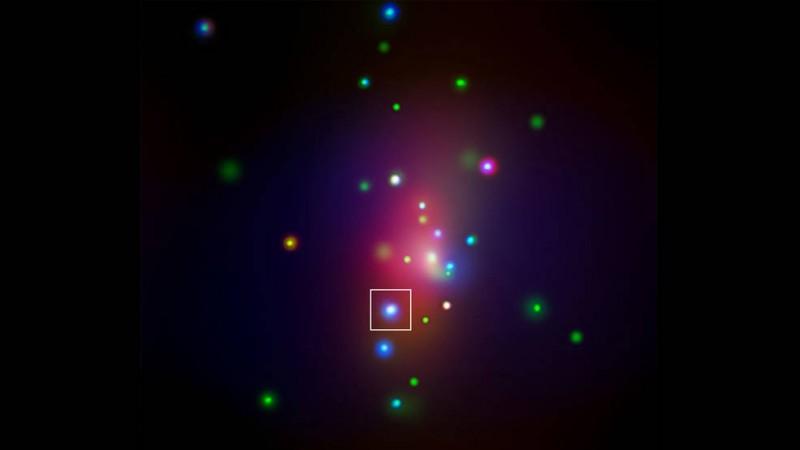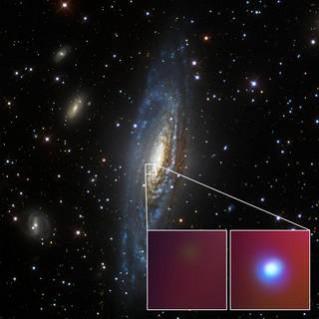
Recent research revealed that 97% of our body comprises stardust. When stars go into a supernova, the gas and debris emitted by the blast finds its way across space, with some even ending as a component of the human form.
Also Read: Clusters of tiny dwarf galaxies discovered!
But perceptions regarding the characteristics and classification of supernovas has been cast in doubt since the discovery of supernova, SN 2014C, in 2014.
Over the span of a year, the supernova changed its appearance dramatically. The reason behind the metamorphosis is believed to be the late distribution of material in its lifespan. Also it didn't quite fit into any category identified by researchers.
"This 'chameleon supernova' may represent a new mechanism of how massive stars deliver elements created in their cores to the rest of the universe," Raffaella Margutti, assistant professor of physics and astronomy at Northwestern University in Evanston, Illinois said.
A study on supernova SN 2014C was published this week in The Astrophysical Journal.
Exploding stars are categorised by scientists on the basis of the presence or absence of hydrogen during a supernova explosion.
A star is formed when hydrogen mixes with helium, and at the end of a star's life, as it approaches the supernova phase (not all stars go through this phase) the amount of hydrogen it contains diminishes drastically.
A supernova with a minimal presence of hydrogen is classified as a "Type I", and if there is plentiful hydrogen then it is referred to as "Type II", but the latter are rare.

Supernova SN 2014C was spotted in a spiral galaxy located around 36 million to 46 million light-years away from Earth.
After assessing its optical wavelengths with the help of various ground-based telescopes arrays, researchers found that this supernova had altered from Type I to a Type II after the disintegration of its core.
While hydrogen was not detected in the during the explosion, a year later the supernova's shockwaves clashed with hydrogen-rich material outside the star.
NASA's NuSTAR (Nuclear Spectroscopic Telescope Array) satellite, with the ability to analyse radiation in the highest-energy X-rays, allowed scientists to analyse the rise in the temperature of the electrons, caused by the supernova shockwaves.
This measurement was used to assess the speed of the supernova's expansion and the quantity of material present in the external shell.
A lot of material, mostly hydrogen, along with other heavier elements, was emitted by SN 2014C for decades to centuries, prior to its explosion. The material ejected by the star was in fact equal to the Sun's mass. What was unusual, however, is that stars are rarely found to emit large levels of matter so late into their life cycle.
"Expelling this material late in life is likely a way that stars give elements, which they produce during their lifetime, back to their environment," Margutti, a member of Northwestern's Center for Interdisciplinary Exploration and Research in Astrophysics was quoted as saying by NASA.
The evolution of the supernova was also observed by NASA's Chandra and Swift observatories. These observations observed the supernova illuminated in X-rays after the initial blast, which pointed towards the presence of a shell of material ejected by the star earlier.

















